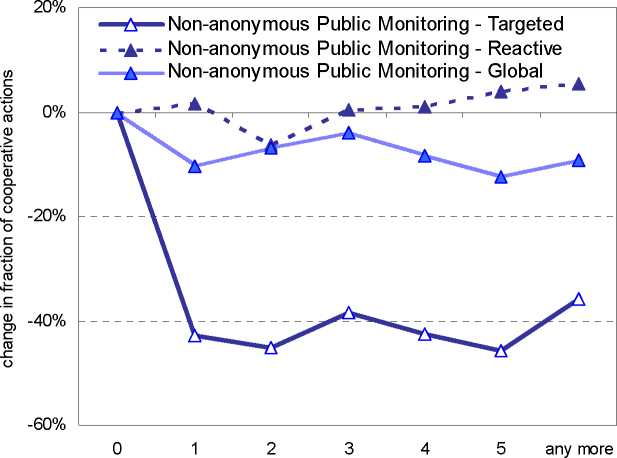Table 5 and Figure 8 provide evidence for Result 10. Figure 8 reports the marginal
effects estimated using regressions in Table 5.19 In addition to what has already been
referenced in relation to Figure 7, the cooperation choices for non-anonymous public
monitoring includes six additional strategy regressors to trace targeted strategies (Table
5). The representative subject that experienced a defection displayed a strong and
persistent decrease in cooperation levels when future encounters involved the same
opponent (dark solid line in Figure 8). In contrast, there is little support for the use of
either reactive or global strategies (light solid and dashed lines in Figure 8).
Figure 8: Strategies of the representative subject in non-anonymous public monitoring

than 5
period after defection
19
The graph uses the coefficient estimates coding targeted, reactive and global strategies, respectively. See
notes on Figure 5. Marginal effects for the targeted strategies were computed for the average values of
reactive and global strategies regressors. Marginal effects for the reactive strategies were computed for the
average values of targeted and global strategies regressors. Marginal effects for the global strategies were
computed for the average values of targeted and reactive strategies regressors.
28
More intriguing information
1. Experience, Innovation and Productivity - Empirical Evidence from Italy's Slowdown2. Reversal of Fortune: Macroeconomic Policy, International Finance, and Banking in Japan
3. Permanent and Transitory Policy Shocks in an Empirical Macro Model with Asymmetric Information
4. Deprivation Analysis in Declining Inner City Residential Areas: A Case Study From Izmir, Turkey.
5. Multimedia as a Cognitive Tool
6. The name is absent
7. Centre for Longitudinal Studies
8. Direct observations of the kinetics of migrating T-cells suggest active retention by endothelial cells with continual bidirectional migration
9. Fiscal federalism and Fiscal Autonomy: Lessons for the UK from other Industrialised Countries
10. Synchronisation and Differentiation: Two Stages of Coordinative Structure